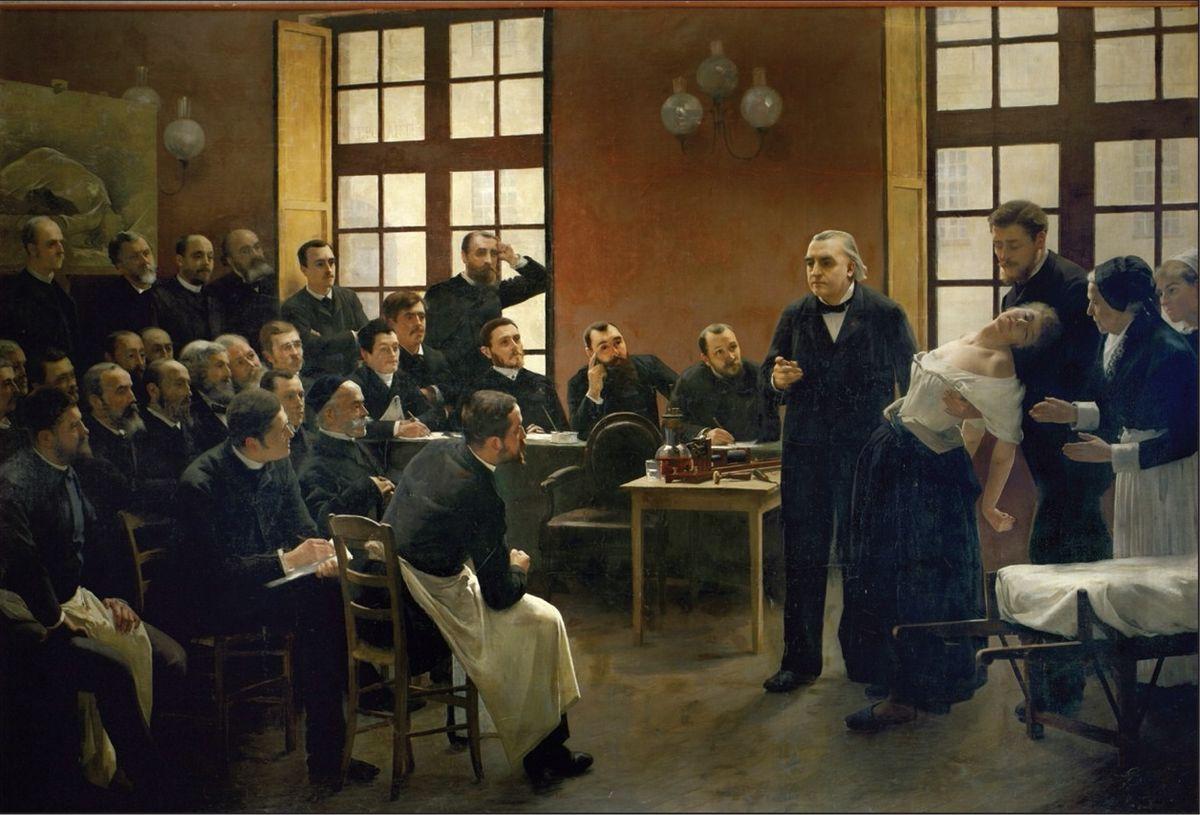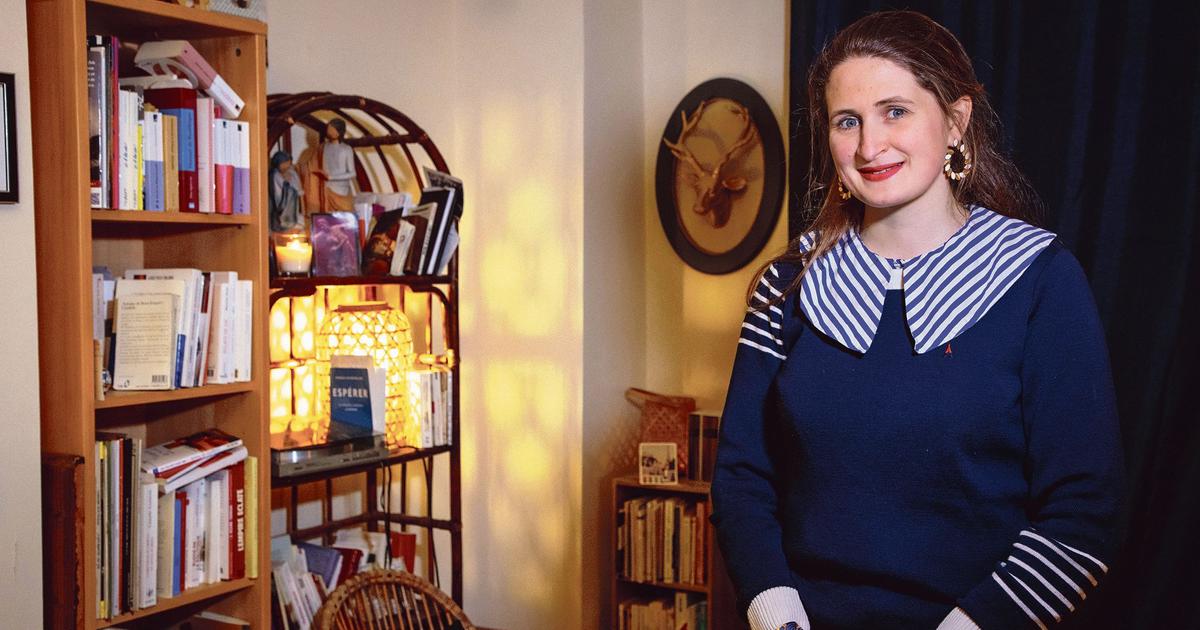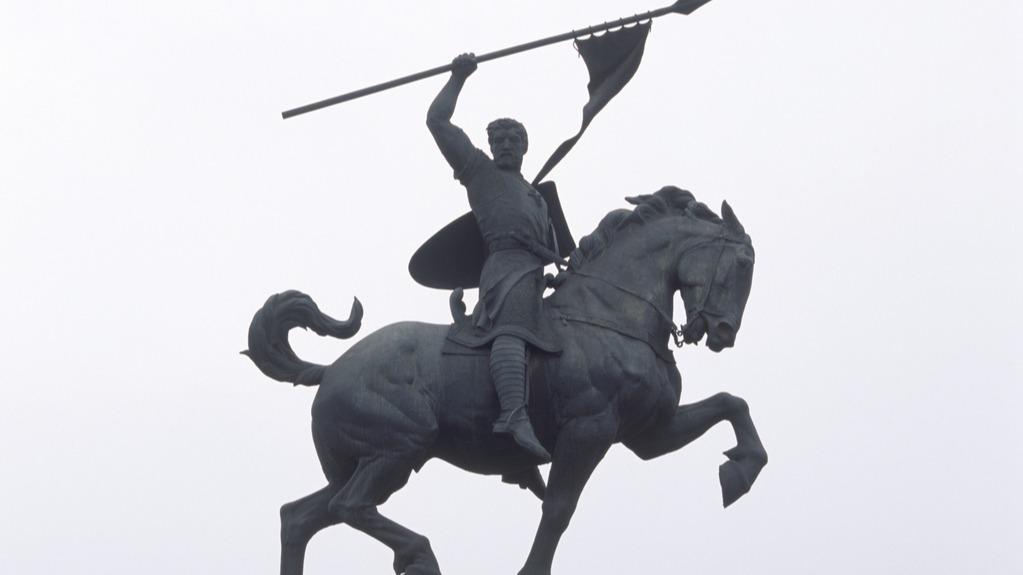From the creation of the stethoscope to the development of vaccines against rabies, tuberculosis and diphtheria to the discovery of Charcot's disease, the evolution of French medicine has been marked by many advances.
We owe these discoveries to great researchers and doctors.
Although they have sometimes been decried for their work, which has never ceased to inspire our contemporaries.
Ambroise Paré (around 1509-1590)
Portrait of Ambroise Paré by William Holl Public domain
Considered the "
father of modern surgery
", Ambroise Paré specialized in war wounds thanks to his participation in numerous military campaigns.
He perfected his practice of surgery during many historical moments such as the battle of Pas de Suse (1537), the siege of Perpignan (1542) then those of Boulogne (1544) and Metz (1552).
At that time, war wounds, caused by new types of firearms, forced doctors to develop suitable instruments.
Instead of systematically favoring amputation, Paré notably developed the
artery ligation technique.
.
It will also improve the treatment of dislocations, trepanations (opening of the skull) as well as open wounds by refraining from resorting to boiling oil, as was the custom.
Having heard of his merits,
Henry II
attached him to his service in 1553. Ambroise Paré would then gain the confidence of
Charles IX
who awarded him the title of “
First King's Surgeon
” (1562).
Julien Offray de La Mettrie (1709-1751)
Portrait of Julien Offray de La Mettrie by Georg Friedrich Schmidt (about 1750) Public domain
After studying in France and then in Leyden, Holland, La Mettrie became
a doctor in the Gardes-Françaises regiment
in 1742. Both a philosopher and a doctor, he approached medicine from an innovative point of view.
Having survived the "burning fever", a very high fever that could be fatal at the time, he drew
materialistic conclusions
that everything is made of matter, including certain psychic phenomena.
Reporting on his research in
The Natural History of the Soul
(1745), he shocked people to the point that his work was burned and he was forced into exile in Leyden.
However, his reputation caught up with him in Holland where he had no choice but to flee again.
Finally it
King Frederick II of Prussia
who welcomed him to Berlin and allowed him to continue practicing his profession.
Condemned in turn by the philosophers of the Enlightenment, such as Voltaire and Diderot, it was not until 1748 that he was recognized for his work, by joining the Royal Academy of Sciences and Letters in Berlin.
He died prematurely of indigestion without having been able to set foot in France.
Jean-Nicolas Corvisart (1755-1821)
Illustration of a portrait of Jean-Nicolas Corvisart from a painting painted by François Gérard (1806) Public domain
Famous for having been the
doctor of Napoleon I
, Jean Nicolas Corvisart became a doctor of medicine in 1782. Of a rebellious temperament, he was banned from the Parish Hospital for refusing to wear a wig and was forced to take a position in a hospital for the poor in Saint-Sulpice.
After the abolition of the teaching of medicine by the Revolution, a new School of Medicine was created in 1794 where Corvisart distinguished itself by its excellence.
Professor at the Collège de France, holder of the chair of medicine in 1797, he was distinguished by Napoleon Bonaparte who appointed him
physician to the imperial couple
in 1804. His work mainly focused on cardiology, with the improvement of the
technique of thoracic percussion
used in the diagnosis of certain heart diseases.
Suffering from hemiplegia, he ceased his activity as a doctor to devote himself to teaching.
Xavier Bichat (1771-1802)
Portrait of Xavier Bichat by Pierre-Maximilien Delafontaine (1799) Public domain
Passionate about surgery, which he studied at the Hôtel-Dieu in Lyon, Xavier Bichat was forced to interrupt his studies because of popular uprisings.
He then enlisted in the National Guard as a
military surgeon
.
Father of modern histology
(the science of the structure of living tissues), he devoted his practice to the study of
human tissues
and wrote several works in which he described tissues as anatomical units of our organs, with specific properties. .
At the time, he did not yet have a microscope and defined 21 different tissues.
One of his greatest works,
Descriptive Anatomy
(1801-1803), was made from the dissection of nearly 600 corpses.
His work will be completed by his students after his death from typhoid fever.
René Laennec (1781-1826)
René Laënnec auscultating a tuberculosis patient at Necker Hospital, Paris.
By Chartran, Théobald (1816) Public domain
Inventor of the stethoscope, René Laënnec began his studies with his uncle, then head of the Nantes hospitals (1796), and followed the teachings of Corvisart in Paris.
Graduated in 1804, he became head of service at the Salpêtrière and at the Necker hospital in 1815. It was the following year that he perfected the
technique of auscultation
, described for the first time by an Austrian colleague (Leopold Auenbrugger ) 30 years earlier.
From there was born the
first stethoscope
: a simple notebook rolled up and attached to the rib cage, that of Laennec is a far cry from the metal stethoscope of our contemporaries.
Anyway, this innovation revolutionizes
anatomo-clinical medicine
and
the identification of cardiopulmonary pathologies.
.
In 1819, Laënnec published his
Traite de l'auscultation mediate
and was then appointed to the chair of the internal clinic of the Charité.
Applauded for his work on tuberculosis, he succumbed, in a sad irony, to this same disease at the age of 45.
” READ ALSO –
Towards the disappearance of the stethoscope?
Jean-Martin Charcot (1825-1893)
Portrait of Charcot by the photographer Nadar (1890) Public domain
Father of modern neurology, Professor Charcot is best known for having described
amyotrophic lateral sclerosis
, also called Charcot's disease, a neurodegenerative pathology which gradually leads to the patient's total paralysis.
A brilliant student versed in the study of
neurological pathologies
, Charcot became in 1862 head of department at the Salpêtrière hospital in Paris, where he taught for twenty years.
He was notably the professor of
Sigmund Freud
and created, in 1882, the first chair in the world of clinic of nervous diseases.
In addition to his work on amyotrophic lateral sclerosis, he studied multiple sclerosis, Parkinson's disease, tabes (neurosiphilis), poliomyelitis, but also hypnosis and
hysteria
.
A member of the Academy of Medicine, then of the
British Medical Association
, his prestige made him known throughout Europe.
Holder of the Montyon scientific prize, awarded by the Academy of Sciences, he was awarded the Legion of Honor first as a knight (1848), an officer (1880) then a commander in 1892. He died the following year in an acute pulmonary edema at the age of 67.
Emile Roux (1853-1933)
Photograph by Émile Roux, author unknown, date unknown Public domain
A disciple of Pasteur, Émile Roux became famous for his work in
microbiology
and
immunology
.
As a young practitioner, he first participated in Louis Pasteur's research projects on anthrax, a disease mainly affecting herbivorous animals.
But it was above all his
work on rabies
, always under the wing of his faithful mentor, which propelled his career.
The thesis he dedicated to the study of this viral disease, will also lead to the development of the first rabies vaccine.
Later, he will focus his research on
the origin of the
diphtheria.
With the doctor Alexandre Yersin, he will isolate for the first time the toxin produced by the diphtheria bacillus.
Based on the research of his pairs showing that animals produced antibodies against this toxin, Roux ended up developing an anti-
diphtheria serum
that he tested in children at the Hôpital Trousseau and the Hôpital des Enfants-Malades.
After this overwhelming success, which earned him the Osiris Prize in 1903 (rewarding, on proposals from five academies, the most remarkable discovery in science, letters, arts or industry), he became director general of the Institut Pasteur l 'Next year.
Albert Calmette (1863-1933)
Portrait of Albert Calmette by Piccolati Public domain
Renowned for having developed the BCG vaccine against tuberculosis with Camille Guérin, Albert Calmette very quickly developed a passion for
medical bacteriology
.
He began to practice his profession in naval medicine in Hong Kong where he studied malaria as part of his thesis.
Then he will be sent to Saint-Pierre-et-Miquelon and West Africa before returning to France to follow the teachings of Émile Roux and Louis Pasteur.
Charged by the latter with founding the
first Pasteur Institute outside mainland France, in Saigon
, Vietnam, he promoted rabies vaccination abroad while continuing his research on antivenom serums, cholera, opium and rice fermentation. .
Back at the Pasteur Institute in Lille in 1895,
public health
and
tuberculosis
.
In 1921, he created the first vaccine against this dreaded disease from an attenuated bovine bacillus, the "bacillus of Calmette and Guérin", or BCG.
He died in 1933 after being successively elected to the Academy of Medicine (1919), the Overseas Academy of Sciences (1922) and the Academy of Sciences (1927).









